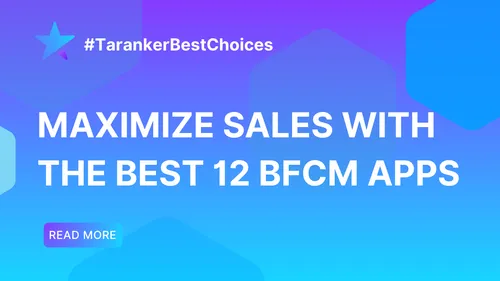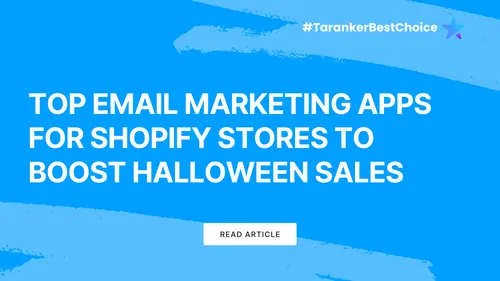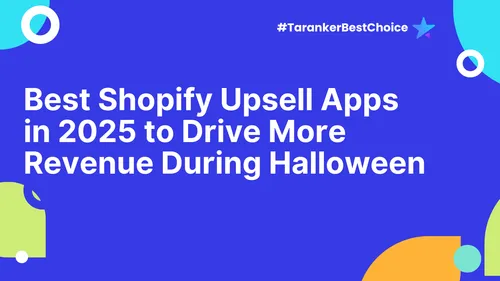As e-commerce matures into a globally distributed model, merchants face a shift in expectations from customers and regulators, platforms, and partners. Once a static, post-purchase formality, the invoice is now a live interface between operational integrity and brand perception.
For international customers, the invoice is more than a receipt. It's reassuring that they're buying from a serious, compliant, and service-minded business. In B2B or VAT-reclaim markets, it's a legally binding document. In consumer transactions, it reflects the localization effort or lack thereof.
Despite this, many Shopify merchants still treat invoicing as a passive output: a default PDF, often in English, using USD, with generic formatting. This legacy approach creates friction, especially in global peak seasons when every detail matters. Unlike UX design or ad creatives, invoice infrastructure is more complex to fix once issues surface because the damage is already done.
Peak Season 2025: A Pressure Test for Your Global Readiness
This summer, followed by Q4’s high-stakes campaigns, will not just challenge merchants to sell more - it will reveal whether their backend is capable of scaling with precision.
Shopify stores running global ads may receive orders from 30+ countries in a single campaign. Fulfillment pipelines must process and communicate rapidly with short buying windows (think flash sales, restock drops, or early-bird promotions). This includes invoicing.
If the invoice doesn’t display in the buyer’s language, lacks the appropriate currency, or misses region-specific tax disclosures, it creates one of three immediate consequences:
-
The buyer loses confidence and churns.
-
The accounting team flags the order as non-compliant.
-
The brand is perceived as amateur, even if the product is world-class.
This isn’t a “user experience” issue. It’s a systemic infrastructure gap. In global e-commerce, the backend either enables scale or limits it.
Real-Time Localized Invoicing
True invoice automation is not just about generating documents faster. It’s about embedding business logic into the system so that every invoice adapts in real time to the buyer’s language, currency, and legal environment, without merchant intervention.
This means:
-
The system detects the buyer’s locale via checkout data or browser language and applies the correct invoice template.
-
Currency is displayed as paid, not approximated or converted, ensuring accounting accuracy and trust.
-
VAT, GST, or local regulatory disclaimers are applied automatically based on shipping destination and tax profiles.
-
Invoice delivery (usually via email) is triggered contextually - after payment, fulfillment, or on demand - aligned with buyer expectations.
The transition from a static invoice template to a dynamic, intelligent layer is subtle but powerful. It’s the difference between sending a document and communicating operational fluency in the customer’s market.
The Value Is in the System, Not the Feature
The benefits of invoice automation compound across multiple dimensions:
-
Operational Efficiency: When invoices no longer require manual edits, checks, or formatting for each region, merchant teams regain hours and reduce error rates, especially when order volume spikes.
-
Legal and Tax Compliance: Cross-border transactions are subject to complex and sometimes contradictory tax laws. A systemized approach to region-specific formats ensures merchants remain compliant, even as jurisdictions evolve.
-
Customer Confidence and Brand Trust: A French customer receiving an invoice in French with the correct VAT line item and EUR currency doesn’t just feel informed - they feel respected. This psychological trust increases retention, especially for high-value or B2B buyers.
-
Scalability Across Markets: Without automation, adding each new region means more friction: new templates, translations, tax formats. With automation, each new area is a configuration, not a bottleneck.
-
Fewer Support Tickets: One of the most underestimated gains is the drop in customer service overhead. When buyers automatically receive correct, localized invoices, they don’t email asking for corrections, translations, or reimbursement-ready formats.
Building for Growth: The Invoice System as Infrastructure, Not Output
Most e-commerce merchants optimize for front-end variables - theme speed, mobile UX, and checkout flow. However, few invest deeply in post-checkout infrastructure, even though that’s where long-term loyalty is built.
Automated invoicing represents one of the few back-office upgrades that touches every customer, in every market, on every order. It is universal and invisible - customers rarely praise outstanding invoices, but they notice poor ones.
As we approach peak season 2025, the merchants who win will be those who’ve built infrastructure that performs globally without slowing down locally. That means invoices that are always:
-
Accurate
-
On time
-
In the right language
-
In the right format
-
With the right data
To summarize, building an intelligent, multilingual, and multi-currency invoicing system is no longer a luxury reserved for enterprise-level brands - it is a critical requirement for any Shopify merchant aiming to sell globally at scale. As e-commerce moves faster and buyers become more sophisticated, automation becomes the foundation for consistency, trust, and operational clarity.
-
Adopt dynamic invoicing logic that responds to customer language, region, and tax expectations in real time.
-
Ensure currency formatting and legal compliance are handled automatically for every market you serve.
-
Eliminate manual tasks that create bottlenecks during peak seasons, freeing your team to focus on growth.
-
Educate your buyers through clear, localized documentation that reinforces transparency and professionalism.
-
Integrate invoicing into your infrastructure, not as an afterthought, but as a brand-standard touchpoint.
Implementing these practices won’t just improve invoice quality - you’ll streamline your global operations, reduce risk, and elevate the customer experience. And as peak season approaches, those who build with foresight and rigor will not only keep up - they will lead.





